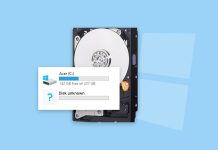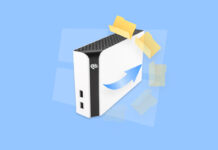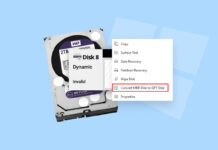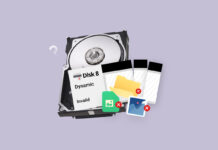 Many of us use BitLocker encryption to keep our data secure and prevent others from accessing it. But the encryption doesn’t make the drive immune to data loss. In fact, it could further complicate the process. So, what’s the best plan of action in this case? Our guide below, on BitLocker data recovery, has got you covered.
Many of us use BitLocker encryption to keep our data secure and prevent others from accessing it. But the encryption doesn’t make the drive immune to data loss. In fact, it could further complicate the process. So, what’s the best plan of action in this case? Our guide below, on BitLocker data recovery, has got you covered.
What Is BitLocker Encryption
At its core, BitLocker is a Windows feature that prevents unauthorized access to your data, in case your device is stolen or hacked. It does this by encrypting your data and creating a recovery key. If Windows detects an unauthorized attempt to access your files, it doesn’t decrypt the files (they remain scrambled), and the only way to read them is through the recovery key.
On modern computers, BitLocker uses the Trusted Module Platform (TPM) chip to verify access. If you’re using an older computer that doesn’t have TPM in-built, you need an external flash drive that’ll store the access key. Each time you power on your PC, you’ll need to connect the USB drive to access your files.
If you encrypted a drive using BitLocker on Windows 10 1511 and above, PCs running older Windows versions may not be able to decrypt the drive. This is because BitLocker uses the XTS_AES 128-bit encryption by default, which older operating systems do not recognize.
While BitLocker prevents unauthorized access to your data, it doesn’t exactly protect you against data loss. The drive is still susceptible to data loss like any other drive. But, it does make the data recovery process trickier because you need to decrypt the drive before data can be recovered. Formatting a BitLocker encrypted drive will remove the encryption feature, but it doesn’t actually decrypt your files. You essentially have a key but no keyhole to put it into.
How to Recover Data from a BitLocker Encrypted Drive
To recover data from a BitLocker encrypted drive, you need to first decrypt it, and then scan the drive using a professional data recovery app. It’s impossible to recover data from a BitLocker encrypted drive without decrypting it first.
The BitLocker recovery process looks like this:
Decrypting the Drive
To decrypt a BitLocker drive, you’ll need the recovery key or password that was created when you enabled BitLocker on the drive or volume. There’s no way around this. You mustn’t fall for bogus articles that teach you how to unlock a BitLocker drive without a password and a recovery key. According to a Microsoft forum, that is impossible.
If you don’t have the recovery key at hand, Microsoft recommends you look for it in the following places:
- Log in to your Microsoft Account and go to the Device List page. There should be a dedicated section for BitLocker Recovery keys.
- You could have printed the recovery key, so it is advisable to look for it among your important papers.
- It’s possible you saved the recovery key as a .txt file on a USB drive. Connect the flash drive to another PC and note down the recovery key.
- If you are using a work or school account, the recovery key may have been saved in the organization’s Azure AD account. Contact your system administrator to help you recover it.
- In case your account is connected to a domain, the administrator may have the recovery key.
Once you have the BitLocker key, here’s how you can turn off BitLocker:
- Search for “control panel” in Windows Search (Windows Key + S). Open the Control Panel from the search results.
- Click on System & Security and go to BitLocker Drive Encryption.
- Next to the volume you want to turn off BitLocker for, click on Turn Off BitLocker.
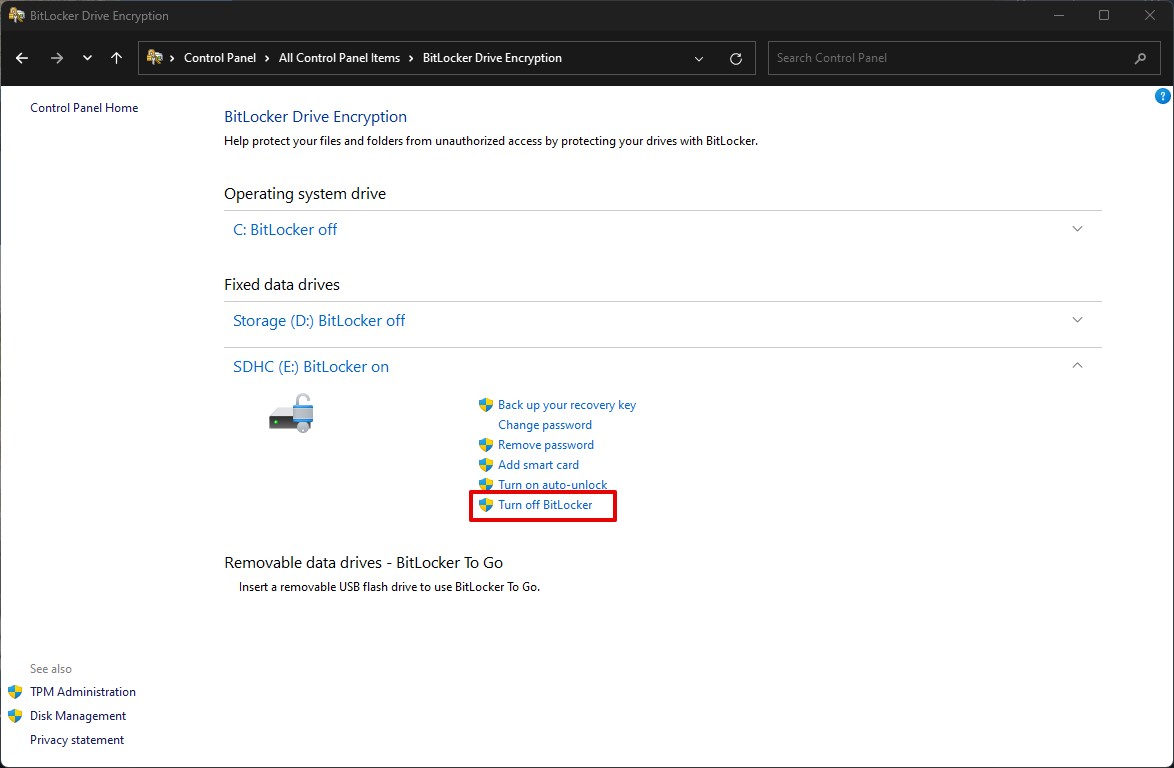
It’s also possible that Windows won’t let you boot into the OS, even if you have the recovery key and password. Here, you can do one of two things:
- Disable secure boot in the BIOS and try logging in again.
- Create a live Windows USB/DVD and use that to enter the OS. You can then proceed to disable BitLocker using the Windows GUI. You’ll need a working computer to do this.
Recovering Data With Professional Data Recovery Software
You only have one choice if you wish to recover data from a BitLocker encrypted drive at home – data recovery software. But, there are innumerable data recovery apps available on the web, and it can be overwhelming to determine which one will work for you. But don’t worry, we’ll help you out with a recommendation.
We decided to use Disk Drill to perform BitLocker drive recovery. It’s a versatile program that works with HDDs, SSDs, USB drives, and more. It recognizes a drive regardless of the file system it’s been formatted in, or even if it has no file system at all (RAW). To help you choose the required files, Disk Drill comes with a preview feature and support for over 400 file formats.
The best part is that you can remove BitLocker encryption using the Disk Drill UI itself.
Let’s see what the data recovery process looks like in Disk Drill:
- Download Disk Drill and install it.
- Open Disk Drill and select the BitLocker drive you wish to recover data from. Keep your recovery key at hand and choose the decrypt option. Once decryption is complete, click on Search for lost data.
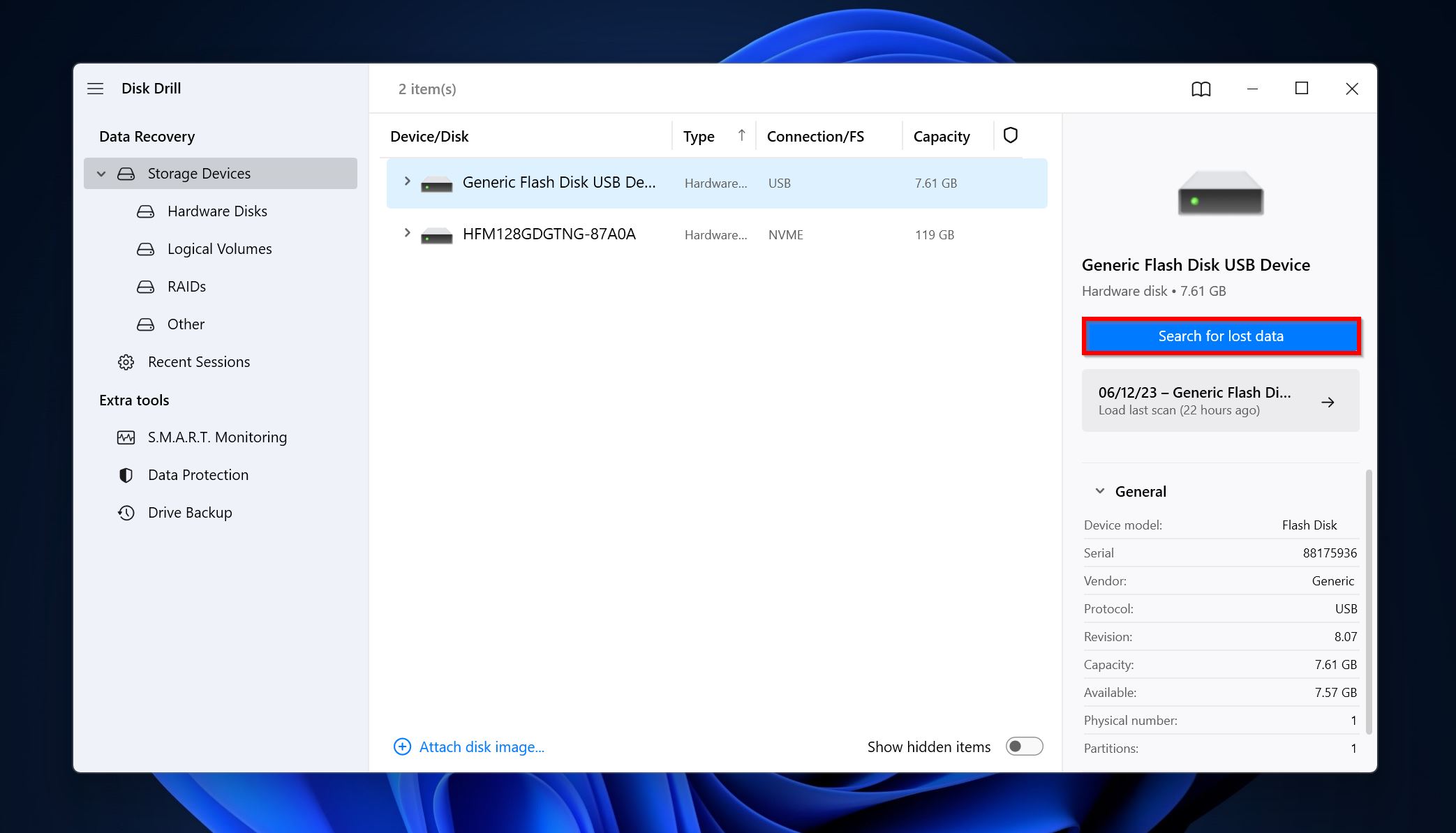
- Click on Review found items. To directly filter out the results, simply click on the file type you wish to recover (Pictures, Video, Audio, Documents, Archives, and Other).
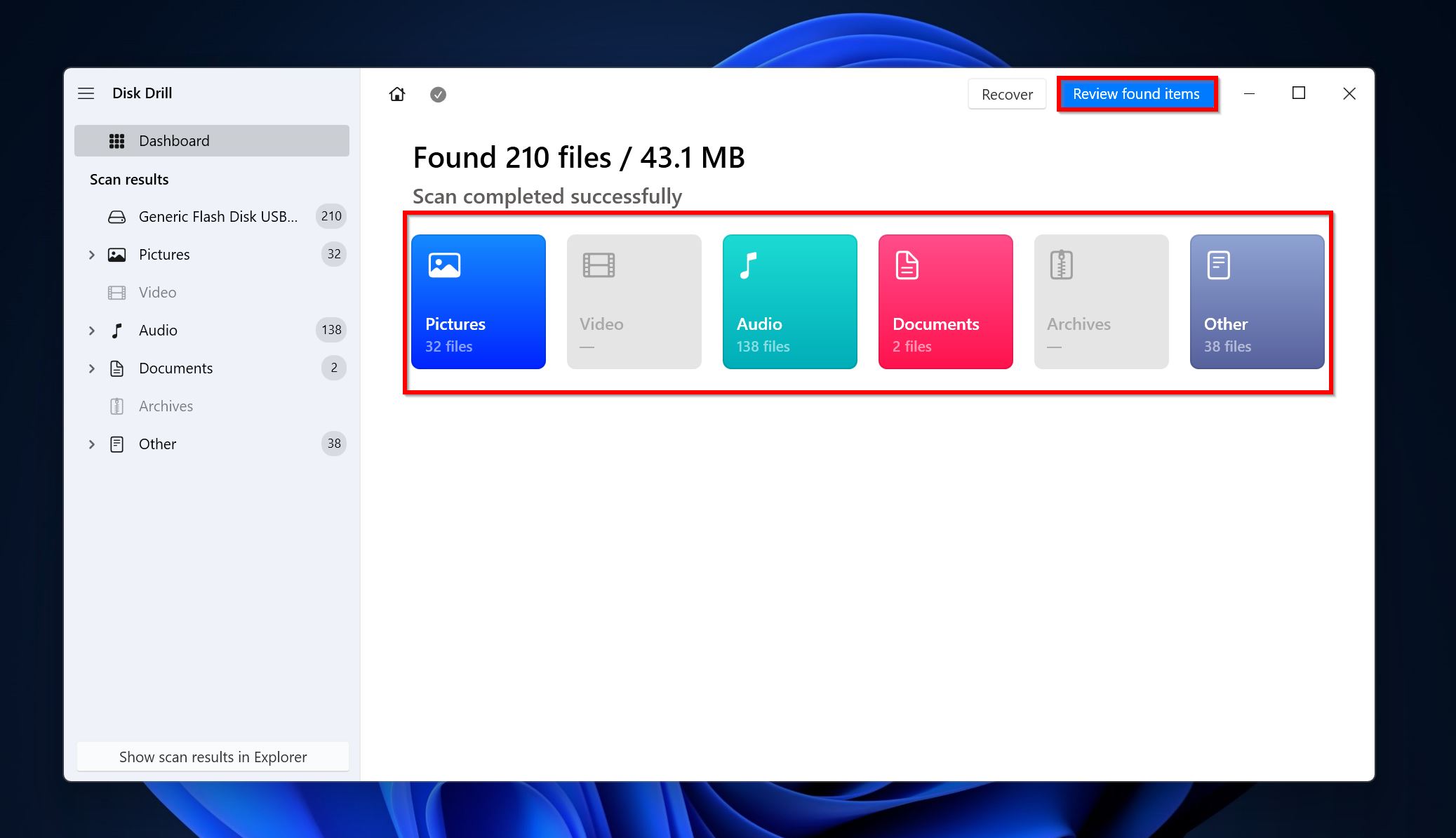
- Expand the Deleted or lost and Reconstructed sections to view deleted, recoverable files.
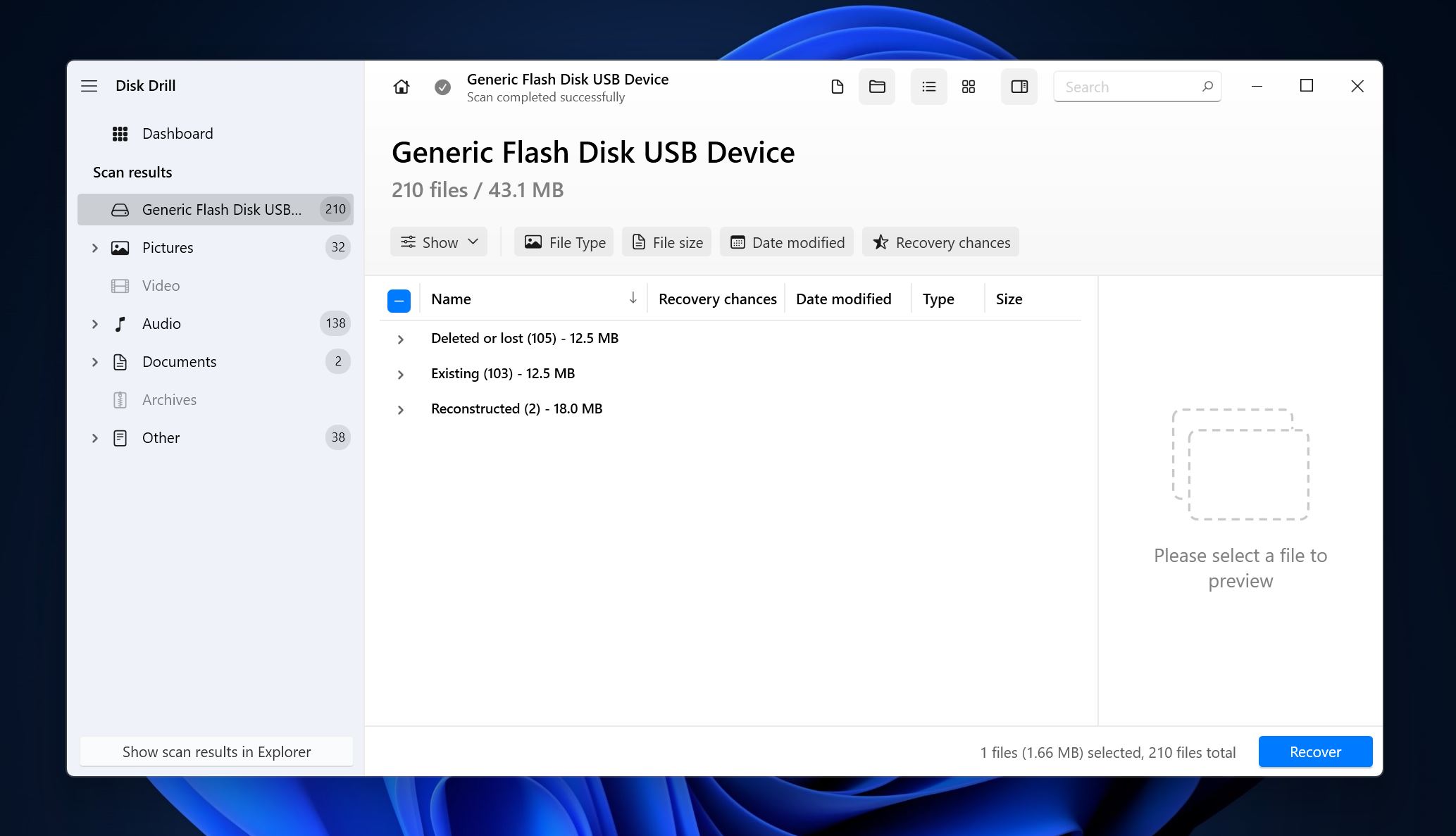
- Select the files you wish to recover. Disk Drill will display a preview of the currently selected files. You can click on the eye icon next to a filename to manually preview it. Click on Recover after you’re done with your selection.
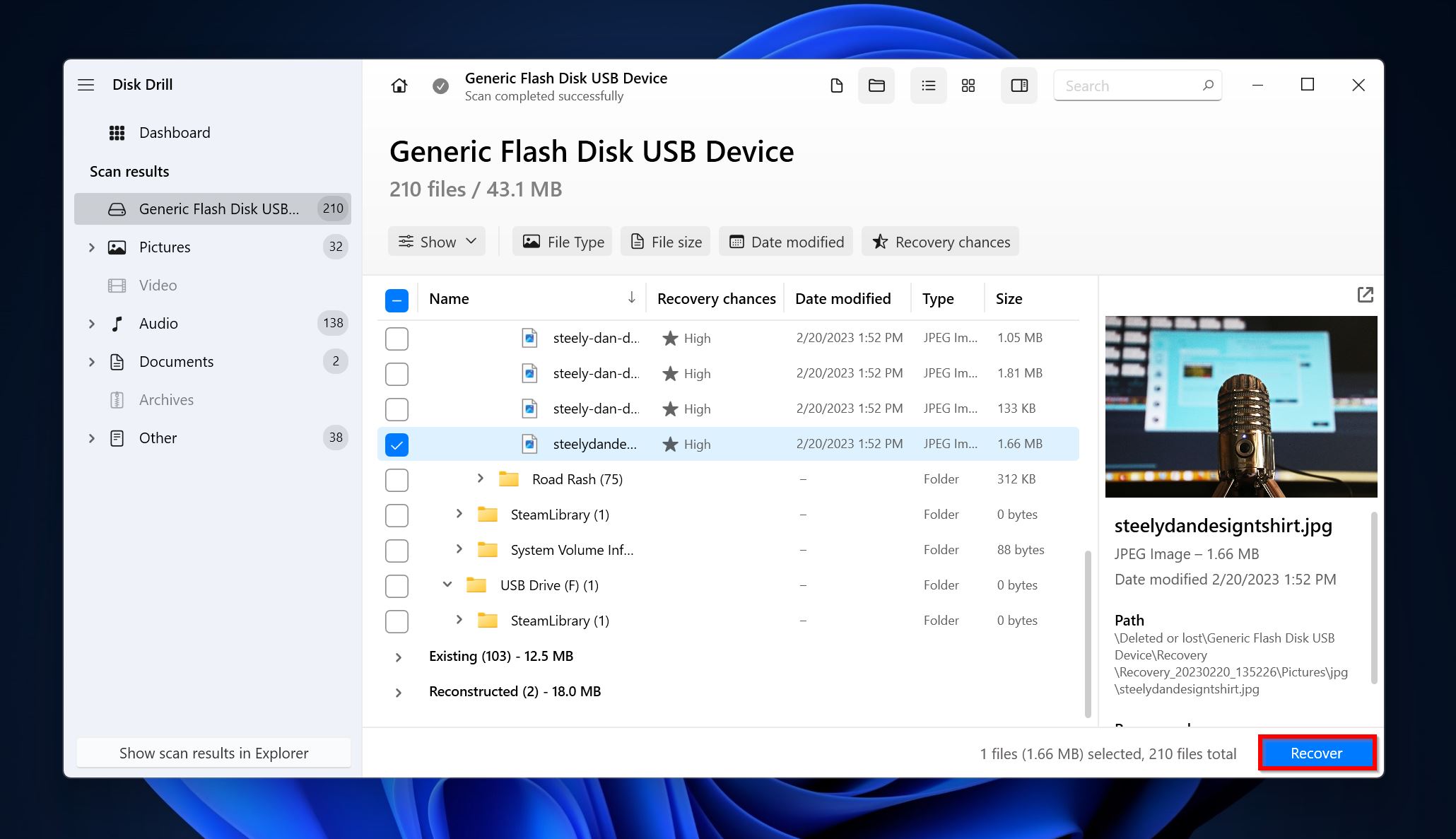
- Choose a recovery destination for your files and click Next.
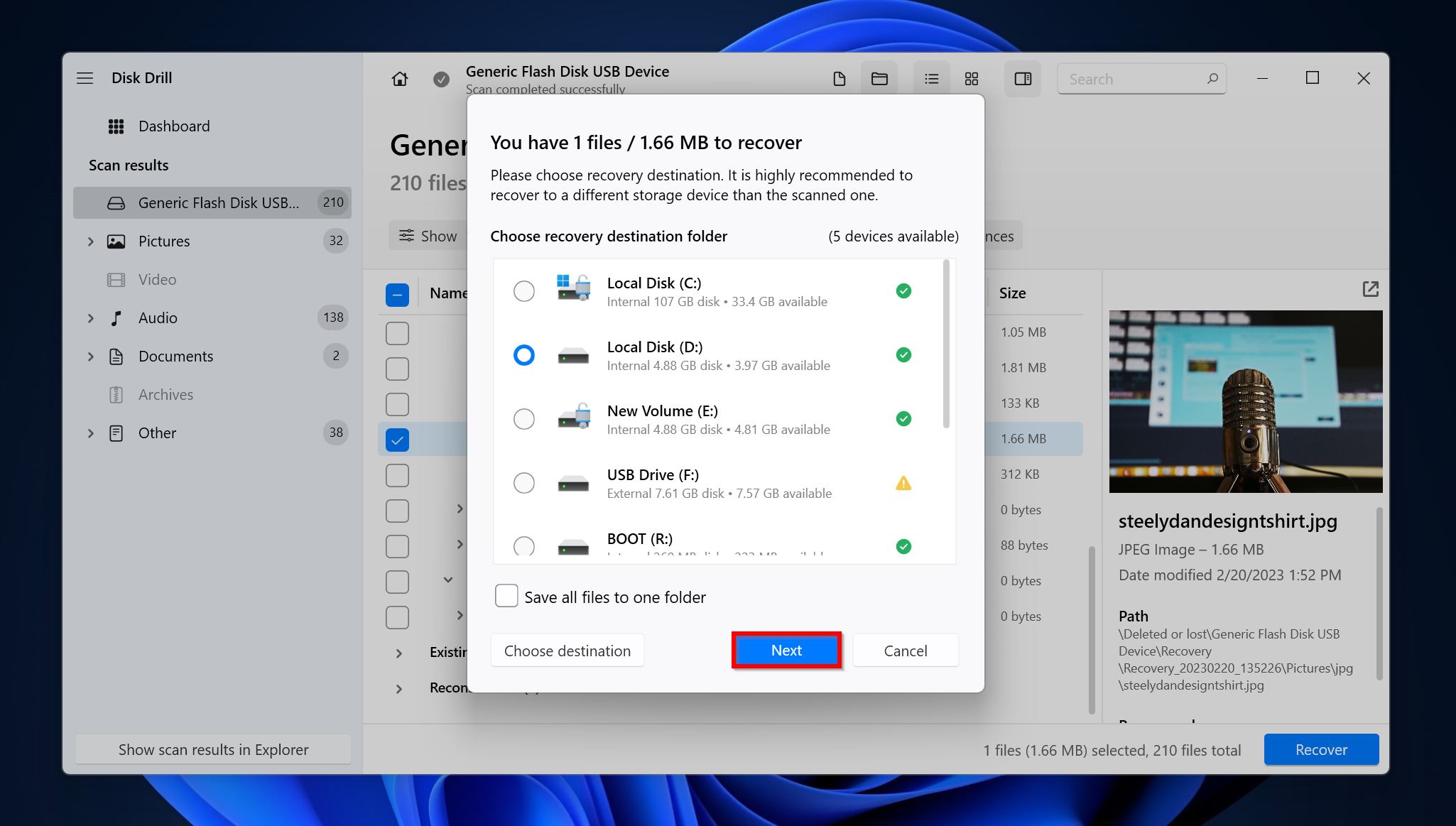
- Disk Drill will recover your files.
Recovering Data from a Corrupted Encrypted Drive
In case the BitLocker drive is showing signs of corruption, such as missing files, slow performance, and other errors, you can repair it using the Windows Command Prompt.
Here’s what the process looks like:
- Search for “cmd” in Windows Search (Windows Key + S). Right-click on Command Prompt > Run as administrator.
- Type repair-bde X: Y: -rp <recovery-password> and press Enter. Here “X” is the volume you wish to repair, and “Y” is where you wish to move the recovered data to. Replace <recovery-password> with the 48-digit BitLocker Recovery key.
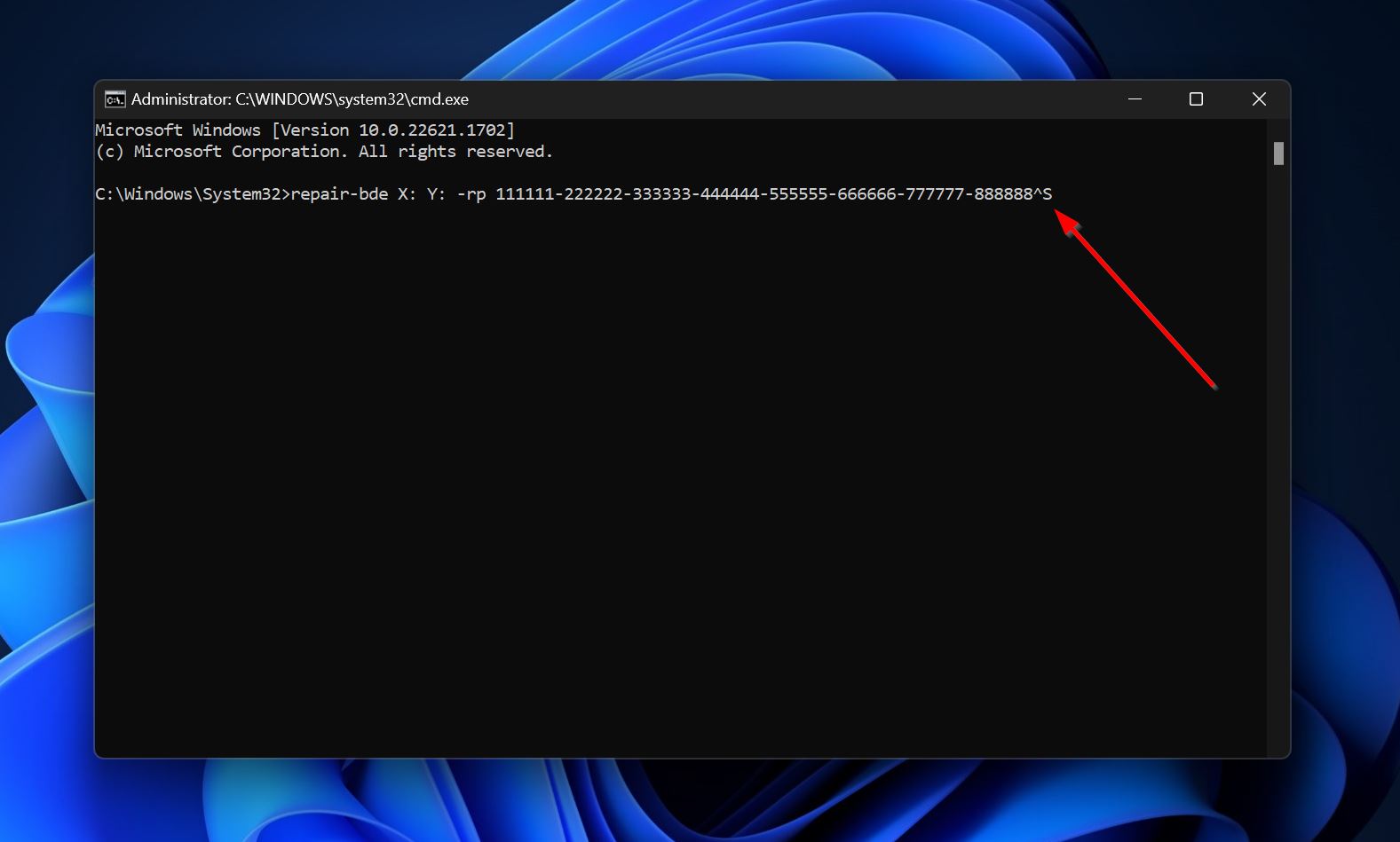
Conclusion
BitLocker encryption does complicate data recovery, but if you have the recovery key with you, it is not that difficult. However, there are two main situations where you should contact a professional data recovery service – if the drive is physically damaged, or if the drive is fine but the data on it needs to be recovered at any cost (it’s still unlikely that the recovery company will be able to help you).

